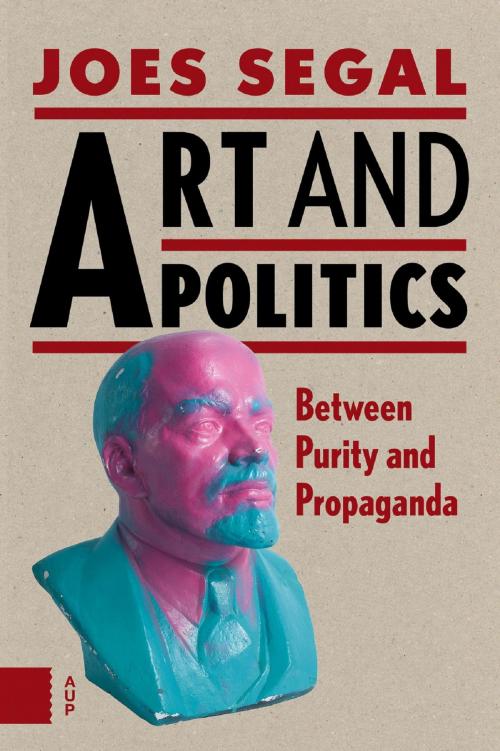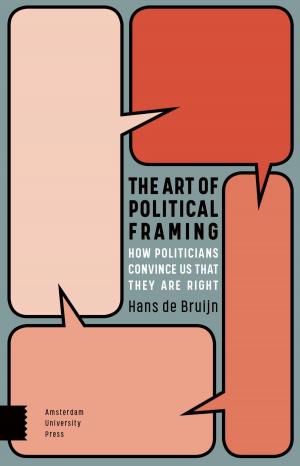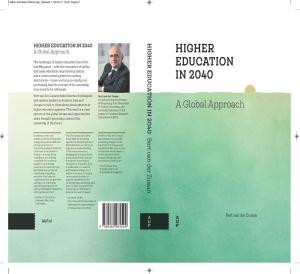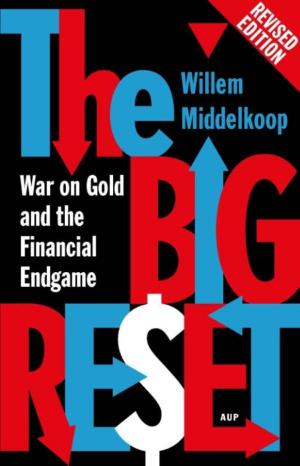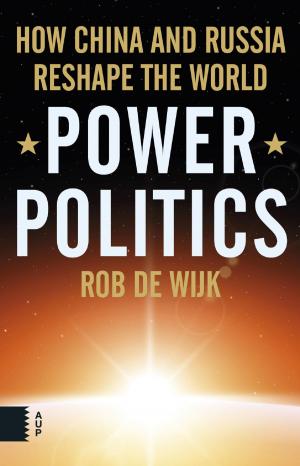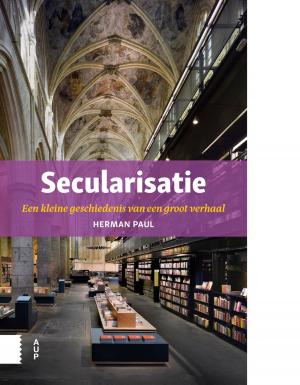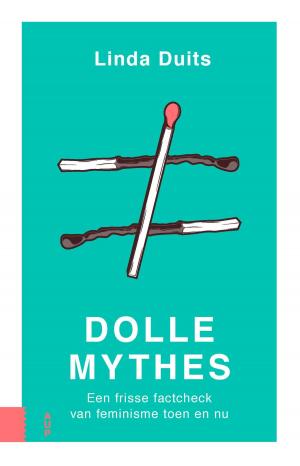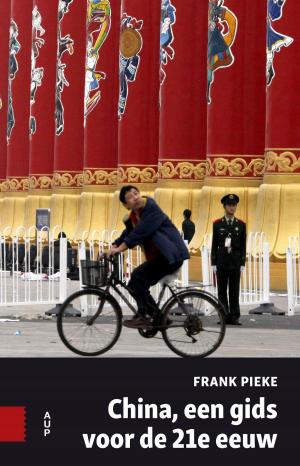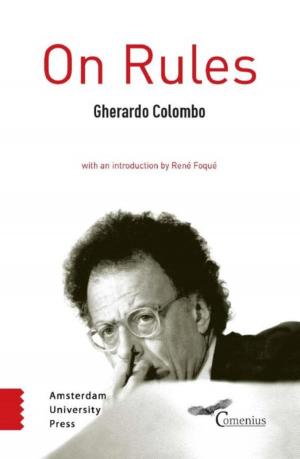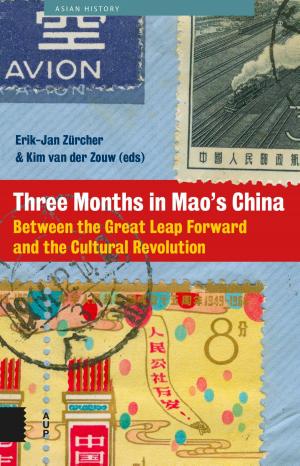| Author: | Joes Segal | ISBN: | 9789048531523 |
| Publisher: | Amsterdam University Press | Publication: | June 17, 2016 |
| Imprint: | Language: | English |
| Author: | Joes Segal |
| ISBN: | 9789048531523 |
| Publisher: | Amsterdam University Press |
| Publication: | June 17, 2016 |
| Imprint: | |
| Language: | English |
At first glance, art and politics seem like they couldn't be more separate, with politics focused on the grubbiness of everyday reality and art busily creating a fantasy world of creative expression. Yet the two realms frequently come together, and the collision can be fiery. This book explores the position of art and artists under a number of different political regimes of the twentieth and twenty-first centuries, traveling around the world to consider how art and politics have interacted and influenced each other in different conditions. Joes Segal takes us to the Third Reich, where Emil Nolde painted under pressure; shows us Diego Rivera creating Marxist murals in Mexico and the United States; ties Jackson Pollock's drip paintings to their Cold War context; and considers the countless images of Mao Zedong in China. In each case, he analyses the inherent tension between free expression and ideology, the aims of the artist and the exigencies of politics.
At first glance, art and politics seem like they couldn't be more separate, with politics focused on the grubbiness of everyday reality and art busily creating a fantasy world of creative expression. Yet the two realms frequently come together, and the collision can be fiery. This book explores the position of art and artists under a number of different political regimes of the twentieth and twenty-first centuries, traveling around the world to consider how art and politics have interacted and influenced each other in different conditions. Joes Segal takes us to the Third Reich, where Emil Nolde painted under pressure; shows us Diego Rivera creating Marxist murals in Mexico and the United States; ties Jackson Pollock's drip paintings to their Cold War context; and considers the countless images of Mao Zedong in China. In each case, he analyses the inherent tension between free expression and ideology, the aims of the artist and the exigencies of politics.
